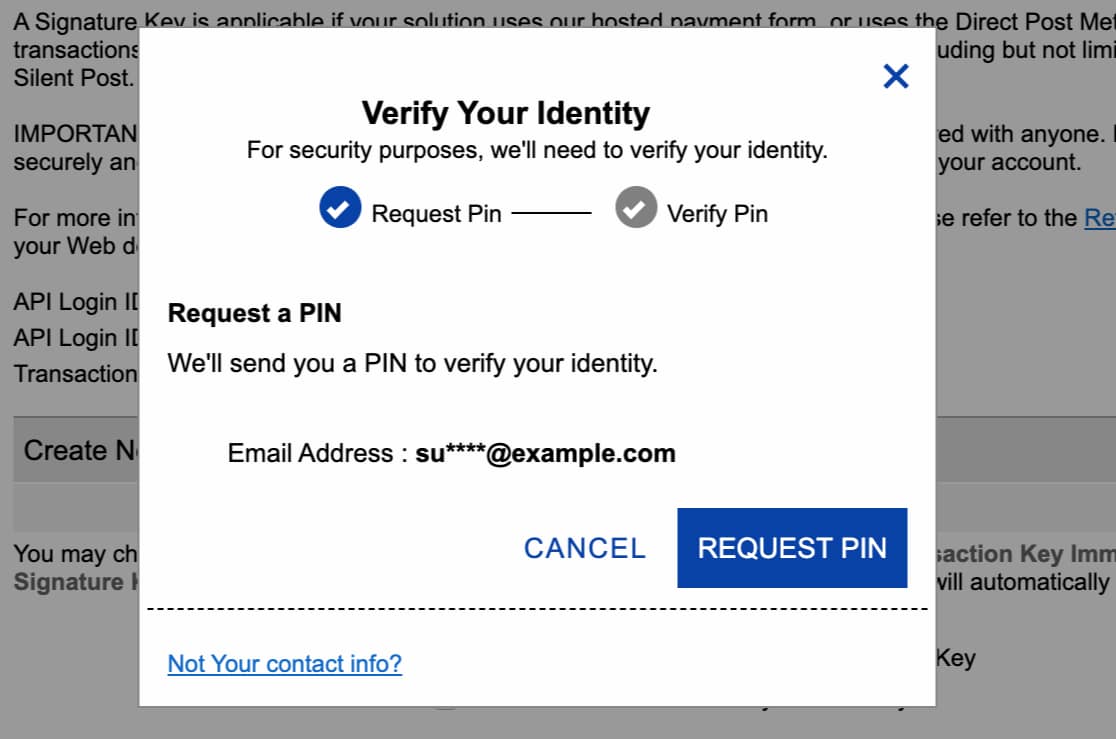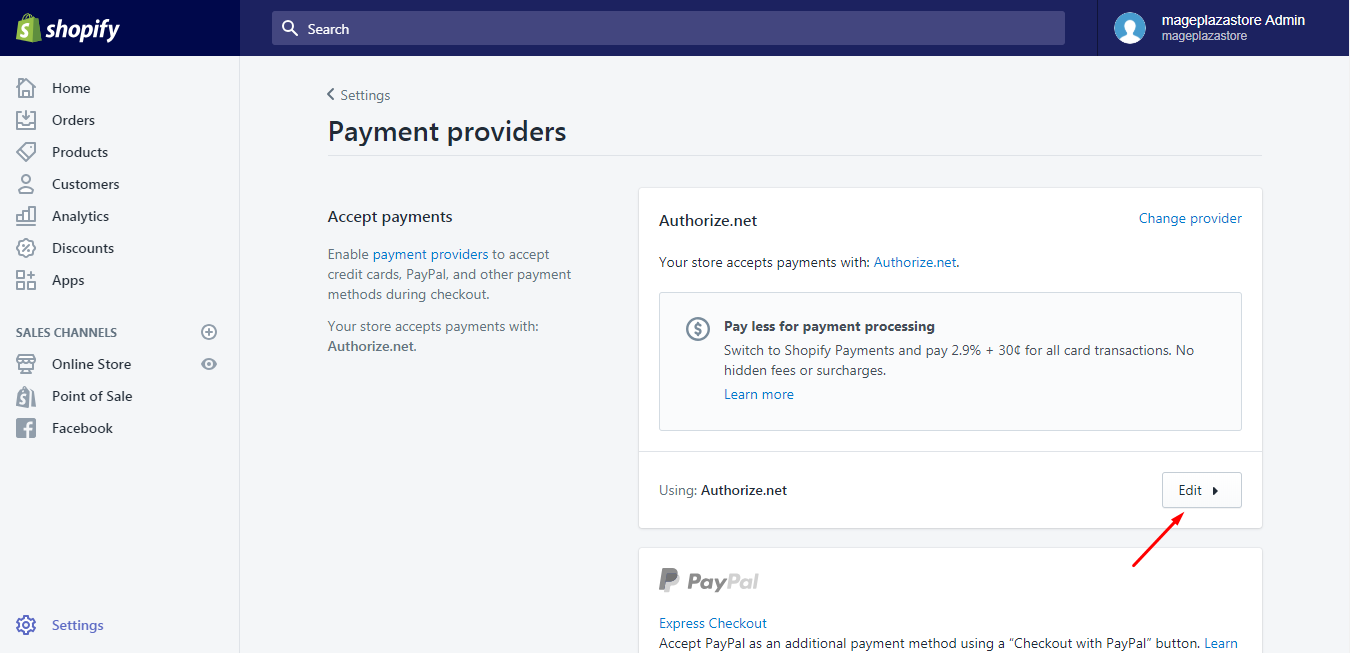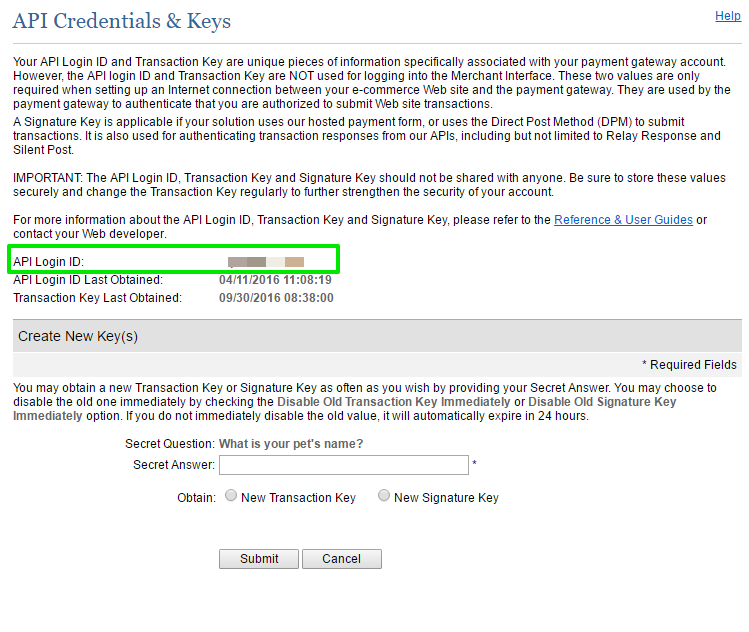

To test Simplify or integrated payment terminals for Store and Forward (SAF), the Site ID will be placed in Blocking Mode.This allows for testing of scenarios that are hard to create in the Live Test Host and offers a predictable way to get specific error conditions using test card numbers. Request a Site ID that can be placed in Demo Mode.To test other functionality in your POS integration, you can setup a Site ID in different ways: See our Transaction Sequencing page for a flow diagram of the steps to complete a transaction.See our Transaction Types page for a full list of transaction types with examples.You will want to test all transaction types supported by your integration.


View our Test Cards page for approved card numbers in our test environment and the Elavon Test Host Pre-programmed Responses document to generate a variety of responses and CVV response codes. You may need to ASCIIEncode your API when converting it to a ByteArray, (to make it UTF-8 compatible) depending on your choice of programming languages.įollowing is an example of a basic Auth Only request and the expected response.įor more information on connectivity and formatting Fusebox Requests, see: API Message Format. The https_post should have a ContentType of “xml/text”, and DO NOT “URL encode” the XML DOC. If your integration or merchant is operating to Fusebox with a VPN, MPLS, Frame connection, then a SLB IP address and port will be published to the specific implementation. There are two ways to connect to Fusebox: TCP/IP or XML HTTPS POST. Once you have a test account set up, you are ready to try out your first transaction.

You can access your account through the Fusebox web application open_in_new Link opens new window. You may also receive a site ID, user name, and password.


 0 kommentar(er)
0 kommentar(er)
